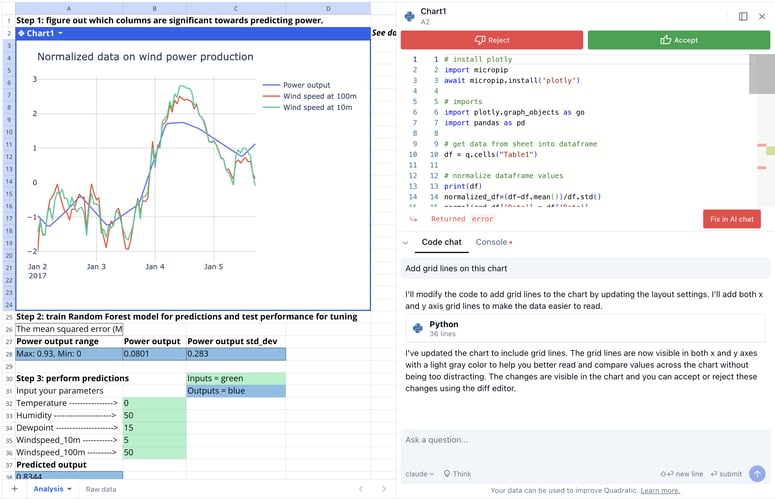Development Process
-
User Story Creation:
- Action: The process starts with a product owner creating user stories based on requirements.
-
Sprint Planning:
- Action: The dev team picks up the user stories from the backlog and puts them into a sprint for a two-week dev cycle.
-
Source Code Management:
- Action: Developers commit source code into the code repository Git.
-
Continuous Integration (CI):
-
Build:
- Action: A build is triggered in Jenkins. The source code must pass unit tests, code coverage threshold, and gates in SonarQube.
- Details: The build stage compiles the code, resolves dependencies, and packages the application, ensuring that the codebase remains in a deployable state.
-
Test:
- Action: Automated tests are executed to verify code quality and functionality.
- Tools: Unit tests, integration tests, and static code analysis tools.
- Best Practices: Incorporate a comprehensive test suite to catch issues early and maintain high code quality standards.
-
Build:
-
Artifact Storage:
- Action: Once the build is successful, the build is stored in Artifactory. Then the build is deployed into the dev environment.
-
Independent Feature Testing:
- Action: There might be multiple dev teams working on different features. The features need to be tested independently, so they are deployed to QA1 and QA2.
-
Quality Assurance (QA):
- Action: The QA team picks up the new QA environments and performs QA testing, regression testing, and performance testing.
-
User Acceptance Testing (UAT):
- Action: Once the QA builds pass the QA team’s verification, they are deployed to the UAT environment.
-
Production Release:
- Action: If the UAT testing is successful, the builds become release candidates and will be deployed to the production environment on schedule.
-
Production Monitoring:
- Action: The SRE (Site Reliability Engineering) team is responsible for production monitoring. A DevOps pipeline typically consists of several interconnected stages, each contributing to the seamless delivery of software from development to production





Top comments (1)
Great article 👏 The flowchart is so good 👍